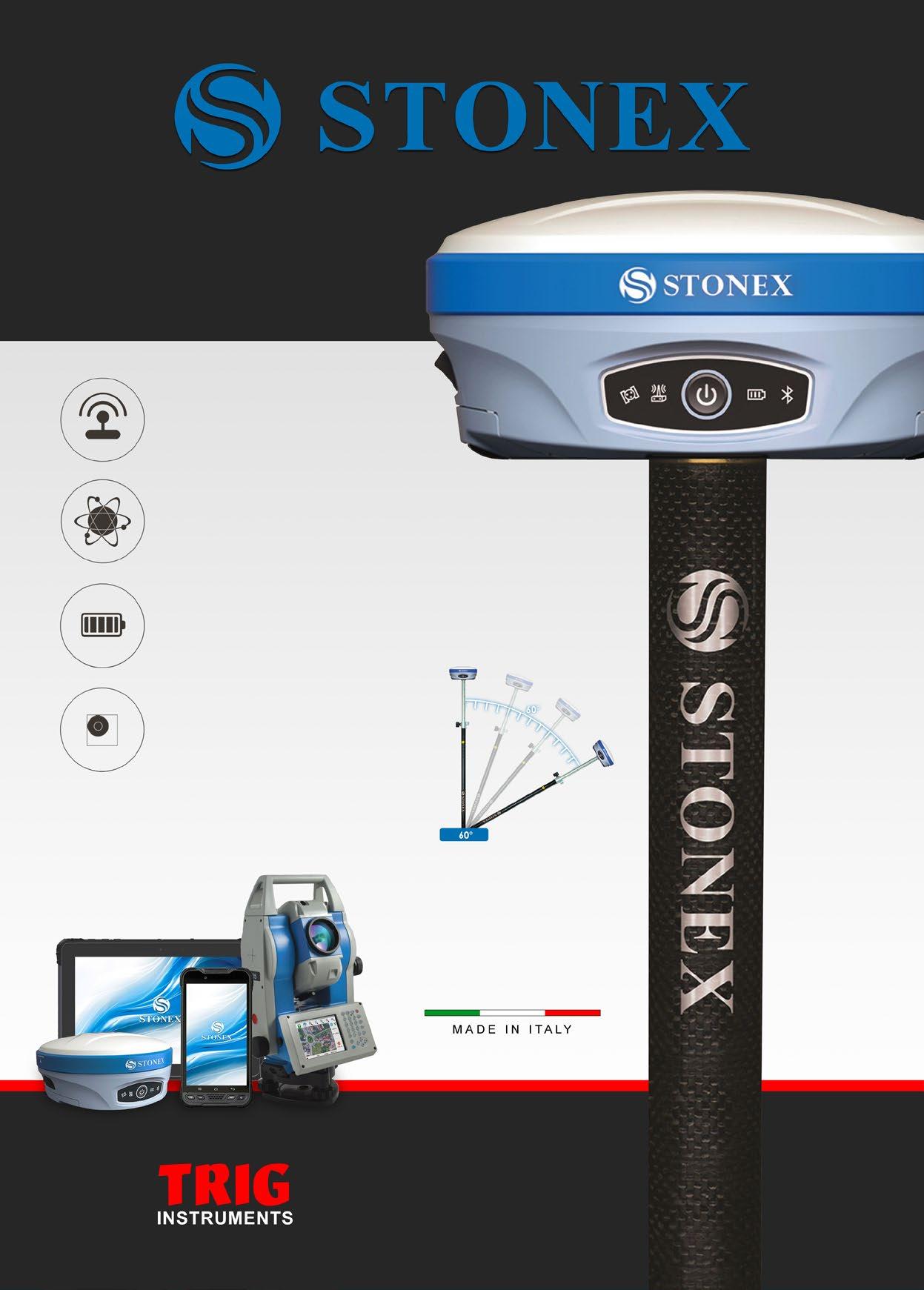
7 minute read
Why our candidates are considering resigning
OUR CANDIDATES TOLD US WHY THEY’RE CONSIDERING RESIGNING
Lexi Jones – Recruitment Consultant, 84 Recruitment
Advertisement
We’ve all seen the headlines: New Zealand employers are experiencing what has become colloquially known as the ‘great resignation’.
A recent Kiwi survey by HR company Employment Hero showed us that “48% of workers are planning to change jobs in the next year, while 40% of workers are planning to search for a new job within the next six months”. These are hugely significant figures for staff turnover.
So what’s really fuelling the great exodus, and is there anything employers can do to retain their best people?
As I worked through our 2022 salary review responses from our network candidates earlier this year, I asked this all-important question: what could your employer be doing better?
Of course, the usual “more money” and “more flexibility” came up plenty of times, but there were a few common answers that we need to be paying attention to.
Feeling stressed, burnt out, and exhausted has become the norm for a lot of employees since COVID hit. To quote one of our candidates that captured this sentiment perfectly, “I feel like I’m doing the jobs of three people.”
Perhaps someone on your team has left and you haven’t managed to hire a replacement yet, or you’re trying to make ends meet and navigate your budget – whatever the reason, your people are feeling it. Pulling the weight of multiple people has such a profound effect on stress levels – most people can handle that kind of pressure for only a short time.
It causes burnout quickly, and people get so exasperated and stressed that they look for a different job that isn’t going to make them feel that way.
If your employees are feeling overwhelmed, it’s extremely important to support them, even if that’s simply hiring administrative support or getting someone in on a temporary contract part-time. It might cost you up-front but losing that skilled person who already knows the job, combined with the cost of onboarding and training someone, means that more often than not it’s worth hiring help.
2. “There’s no career progression.”
Having a good culture alone won’t do the trick. Ask yourself, are your employees’ full potential being realised and are you providing them opportunities to grow? When was the last time you actually sat down with them and asked them about their goals?
There are a lot of businesses that have a layered organisational
structure; there are also newer businesses that have flatter structures. But one thing that universally causes staff turnover is when people feel like they’ve hit a ceiling in terms of career progression. It can be easy to fall into this trap, especially in the flatter structures.
As an employer, when we see someone doing well in their role, we might be inclined to try to keep them there. While it’s true that some people might be happy to sit in one role for a long period of time, when it comes to up-and-coming talent, they often want to see a clear pathway of where their career is going. They want to know, “If I hit this milestone, this is the development my company will put towards me reaching my longterm goal.”
Not only is having well-defined pathways good for growth from a business perspective, but it’s also good for your employees too. You’ll not only encourage them to strive for greatness, but it can be a tool for reviews and provide a basis for accountability.
I’ll say it louder for the people in the back: Strong career progression pathways = retention!
3. “I’m pigeonholed and want a wider variety of work.”
Again, this comes down to career progression. Are you allowing your staff to stretch their skillset or giving them new challenges? Or are they performing the same tasks day in and day out?
This can be quite tricky in some areas like surveying, construction and engineering where large projects span over two to three-year periods, and employees are going to be doing the same thing for that time. That said, there are employees with a growth mindset who will want to learn all the facets of the job and get exposure in different areas of the project or with new technology to make their lives easier.
If employees can’t continue to grow and start to feel stagnant, they will leave. A good example of this I heard recently in the survey industry was where an employee was placed in a cadastral role but expressed interest in a more engineering-based role. In situations like this, companies sometimes promise that they’ll move the employee into the area they’re interested in, but never actually do.
Show integrity, look for ways to keep your employees engaged and their skillsets growing, and you’ll increase your chances of retaining your top people. If that role truly doesn’t exist right now, what else can they drive forward? Could it be exploring new technology, sourcing new equipment, coaching younger people - key thing is ask them, what do they want – empower them to contribute. You don’t always need to have the answers yourself.
4. “I never get to see my kids.”
We all make sacrifices for our careers at some point, but an increasing number of our clients are updating their policies regarding family time. The needle has shifted, and people are less willing to give up those important moments to celebrate milestones and be with their families – and they don’t have to any more.
Companies that show understanding and actively encourage their employees to make time for their families are shooting ahead. I’d encourage every employer to ask themselves if they have the capacity to encourage their employees to take the time to do the things that make them happy and create a ‘nothing too big or too small’ culture.
I’m not just talking about the usual work from home benefit either. The job market is so competitive now that everyone offers a large salary and benefits like cars, phones and laptops, so standing out is no longer about the tangible things. What sets you apart is caring that your employees have families and lives outside of work and making sure that people feel well looked after.
If you don’t, your people will jump ship to somewhere that will.
It’s not about choosing candidates, it’s about candidates choosing you.
The reality we are facing right now is that it’s so incredibly hard to hire good people. We still have limited international immigrants coming to New Zealand to fill the gaps, despite the borders slowly starting to open so it’s more important than ever to invest in our local talent.
Staff retention has never been so important. If you’re an employer who has felt the sting of the ‘great resignation’, it’s in your best interest to ask the tough questions around why, and look at the opportunity cost of someone leaving. It costs a lot of money to hire new people, especially when it comes to training and the time that is put into that. Not to mention that new people will likely come in at a higher salary than the people you’ve lost because of the market.
Hiring is no longer about choosing the right candidate, it’s about candidates choosing you.
With that in mind, feel free to give one of the team at Eight4 a call for a confidential discussion about where your salaries and benefits fit in and to discuss creative people strategies. There’s no time like the present. •
All New S900A GNSS Receiver
4G MODEM
S900A has an internal 4G modem, a fast internet connection is guaranteed.
MULTI CONSTELLATION
The Stonex S900A with its 800 channels, provides an excellent on-board, real time navigation solution with high accuracy. All GNSS signals (GPS, GLONASS, BEIDOU, GALILEO, QZSS and IRNSS) are included.
INTELLIGENT BATTERIES




The dual slot, for two Smart, hot-swappable batteries, gives you up to 12 hours battery life. The power level can be checked and seen on the controller or directly on a the LED bar on the battery.



E-BUBBLE & IMU - 60°
In the software, the E-Bubble indicates if the pole is vertical and the point will be recorded automatically when the pole is levelled. The optional Inertial Measurement Unit (IMU) technology provides up to 60° inclination.










